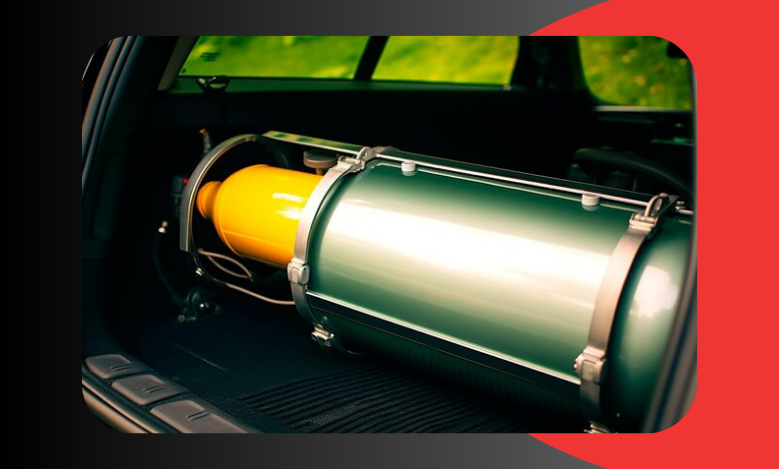Art of Paint Correction Paint correction is an art form that transforms a vehicle’s surface from dull and damaged to flawlessly radiant. With the right techniques and tools, even the most worn-out finishes can regain their original luster. This process involves meticulous attention to detail, requiring a deep understanding of paint types, defects, and the appropriate methods to address them. Whether you’re a professional detailer or an automotive enthusiast, mastering paint correction not only enhances the aesthetics of a vehicle but also preserves its value. In this guide, we’ll explore the essential techniques, tools, and tips to achieve expert-level shine with precision and care.
Art of Paint Correction: Shine with Expert Precision
Paint correction is a meticulous process that revitalizes a vehicle’s exterior, restoring its original beauty by removing imperfections like scratches, swirl marks, and oxidation. This art form combines skill, knowledge, and the right tools to achieve a flawless, mirror-like finish. Whether you’re a professional detailer or a passionate car enthusiast, mastering paint correction can elevate your vehicle’s appearance and protect its value. In this blog, we’ll explore the essential techniques, tools, and best practices for achieving expert-level shine with precision.
## Understanding Paint Defects
Before diving into the correction process, it’s crucial to understand the types of defects you may encounter:
– **Swirl Marks**: Fine, circular scratches caused by improper washing techniques or abrasive materials.
– **Scratches**: Deeper grooves that can vary in severity, often resulting from contact with sharp objects.
– **Oxidation**: Dullness caused by UV exposure and environmental factors, leading to a faded appearance.
– **Water Spots**: Mineral deposits left by evaporated water, which can mar the surface if not addressed promptly.
Identifying these defects allows you to tailor your approach for the best results.
## Tools and Products You’ll Need
### Essential Tools
1. **Dual Action Polisher**: Offers versatility and reduces the risk of burning through the paint, making it suitable for beginners and experts alike.
2. **Rotary Polisher**: More powerful and effective for deeper corrections but requires a steady hand and experience.
3. **Backing Plates and Pads**: Different pads (foam, wool) are designed for specific levels of correction.
4. **Polishing Compounds**: Choose a range from aggressive to finishing polishes based on the severity of the defects.
### Additional Supplies
– **Microfiber Towels**: For applying products and wiping away residue without scratching.
– **Clay Bar**: To remove embedded contaminants from the paint surface before polishing.
– **Tape**: Protect areas that shouldn’t be polished, like trim or rubber seals.
## The Paint Correction Process
### Step 1: Wash and Decontaminate
Start with a thorough wash using the two-bucket method to prevent swirl marks. Follow this with a clay bar treatment to remove contaminants, ensuring a smooth surface for polishing.
### Step 2: Inspect the Paint
Under proper lighting, inspect the paint for defects. Use a paint thickness gauge if available to assess how much clear coat you have to work with.
### Step 3: Test Spot
Perform a test spot in a less visible area to determine the right combination of polish and pad. This helps avoid any surprises during the main correction process.
### Step 4: Correcting the Paint
Using your dual action or rotary polisher, begin correcting the paint. Work in small sections, applying even pressure and overlapping passes. Adjust your technique based on the feedback you receive from the paint’s appearance.
### Step 5: Finishing Polish
Once the major defects are removed, switch to a finer polish to refine the surface. This step enhances clarity and adds depth to the finish.
### Step 6: Protection
After achieving the desired shine, apply a high-quality wax, sealant, or ceramic coating. This step is crucial for protecting your hard work and ensuring long-lasting results.
## Tips for Success
– **Patience is Key**: Take your time with each step to avoid mistakes and achieve the best results.
– **Keep It Cool**: Monitor the temperature of both the surface and your polishing pad to prevent damage.
– **Regular Maintenance**: Encourage regular washing and protection to maintain the results of your paint correction.
## Conclusion
Mastering the art of paint correction requires dedication, practice, and the right approach. By understanding paint defects, using the proper tools, and following a systematic process, you can achieve a stunning, expert-level shine that enhances the beauty of any vehicle. Whether you’re restoring your own car or offering detailing services, the satisfaction of seeing a transformed finish is unmatched. Embrace the challenge, and let your passion for perfection shine through!




